Learn enough about what is harder between titanium and steel in this detailed article, particularly focusing on the high corrosion resistance of titanium . Judge the strength, life, and purposes of the two materials side-by-side with the help of the specialists and the projects in practice.
Understanding Material Hardness: The Foundation of Comparison
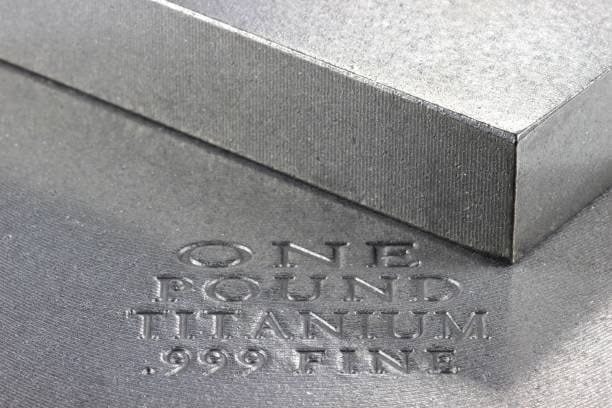
In considering the question of the greater hardness of titanium when compared to steel we should first define what is meant by hardness as regards materials science, especially when it comes to machining titanium . Hardness is the ability of a material to resist deformation, scratching or indentation. Measures of this property are performed through different scales such as the Mohs scale, rockwell scale and the Vickers hardness test. The titanium and steel comparison needs the knowledge of these basic concepts of measurement.
The Science Behind Titanium Properties
Titanium is one of the greatest metals in the periodic table with a number of 22. This transition metal has exclusive properties that make it invaluable for titanium machining and priceless in a number of industries. Titanium has a very high resistance to corrosion, low densities and high strength to weight ratios, and the development of harder titanium alloys continues to enhance its application . Nevertheless, the hardness of pure titanium normally falls between 70-74HRB (Rockwell B scale), which is quite low compared to most steels alloys.
Steel Composition and Hardness Variations
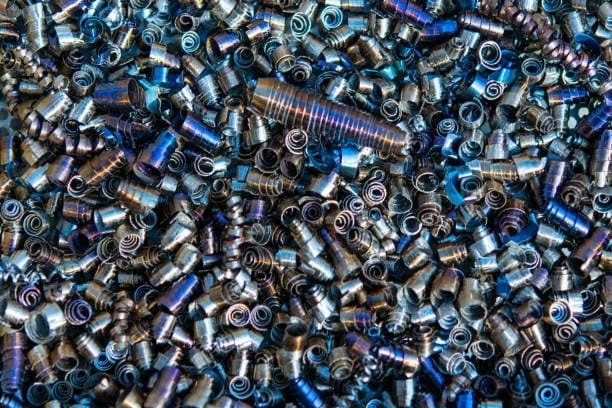
The element of steel is basically alloy of iron and carbon but its hardness level varies so extensively based on the composition and heating that a very wide range of hardness can exist. Carbon steel may range in hardness of 20 HRC to a reading of over 65 HRC on the Rockwell C scale. Carbon content and other additive metals such as chromium, nickel and Molybdenum play a important role in the ultimate hardness properties of steel products.
Direct Hardness Comparison: Titanium vs Steel
Most steel alloys are in fact harder than pure titanium in a head to head comparison. The hardness of tool steels is up to 60-67 HRC, Titanium alloys would normally be up to 35-45 HRC. Nevertheless, such a comparison is simplistic views of the relationship between such materials because hardness is only limited to the performance of materials, including the quality of surface finishes .
Titanium Alloys and Enhanced Properties
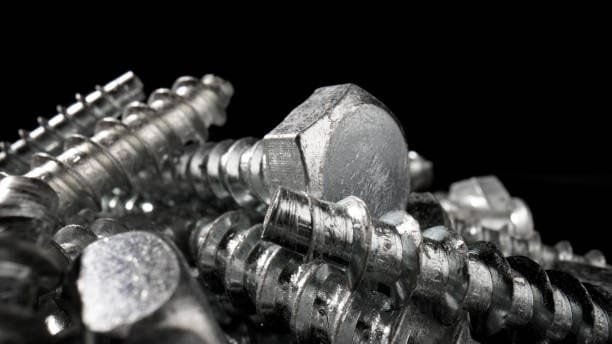
With the creation of such titanium alloys, the use of such materials has changed radically. The most popular titanium alloy, Ti-6Al-4V, is composed of 6 percent of aluminum and 4 percent of vanadium, which enhance its mechanical characteristics to a great extent. These alloys are able to reach hardnesses between 32-40 HRC, rivaling certain types of steel whilst preserving the titanium inherent properties of being resistant to corrosion and weightless, necessitating the right cutting tools for effective machining .
Steel Types and Their Hardness Ranges
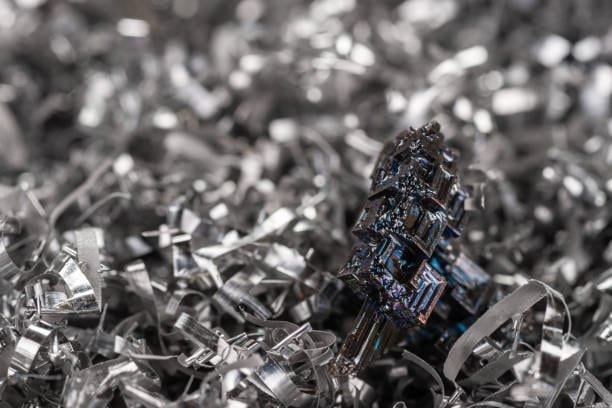
The various categories of steel have dissimilar hardness properties. Mild steel normally ranks 120-180 HB (Brinell hardness) whereas high-carbon steels can be more than 600 HB. The stainless steels have 150-300 HB and steel tools are over 700 HB, showing how steel outperforms other metals in hardness . Such diversities show how flexible steel can be to suit a particular application, while high pressure coolant is often necessary for machining titanium .
Why Hardness Isn’t Everything in Material Selection
Although in most cases steel is harder than titanium, it does not necessarily mean that it is better in use than titanium. The selection of material is carried out based on many factors such as strength to weight ratio, corrosion resistance, fatigue life and manufacturing requirements. The peculiarities of the combination of properties of titanium are frequently more valuable than its reduced hardness in definite applications.
Strength-to-Weight Ratio Analysis
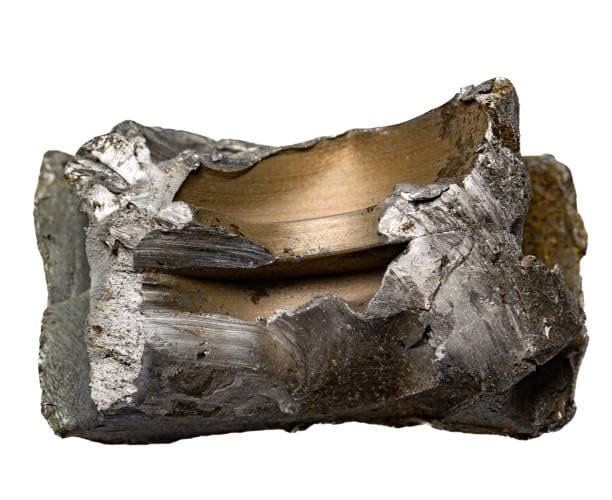
These properties of titanium puts it majorly at advantage over steel because of its high strength to weight ratio that is ideal in applications where weight matters. Whereas steel might be stronger, titanium can match their strength with just around 45 per cent of the weight of steel. This is why titanium is priceless in the aerospace, automotive and biomedical fields where weight minimization is of paramount importance.
Corrosion Resistance: A Game-Changing Factor
the greater resistance to corrosion of titanium frequently offsets its inferior hardness. Whereas hard steel parts are liable to corrosions making them fail titanium does not lose its mechanical integrity even in severe conditions. Such property dictates titanium as the material of choice in the marine industry, chemical processing plants, and implantable medical devices.
Temperature Performance Characteristics
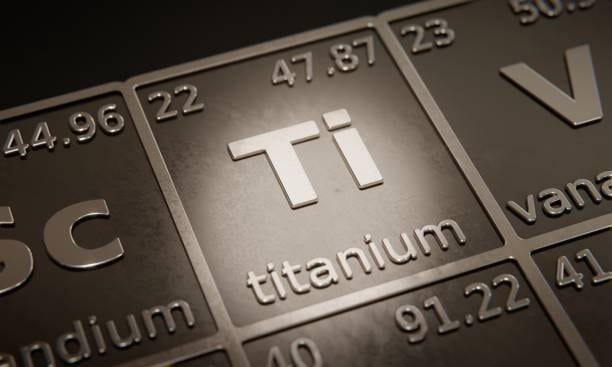
Titanium-steel comparison takes another level with respect to high-temperature applications. The titanium alloys are stronger at higher temperatures as compared to various steels, which also influences the effectiveness of chip evacuation during machining . Although certain specialty steels are good in high temperatures, the performance of titanium in all temperatures makes it effective in jet engines, as well as the parts of industrial furnaces.
Manufacturing and Processing Considerations
During the production of titanium and steel, their processes do not share much in common, which influences the final characteristics. Steel is easy to harden by heat treatment, quenching and tempering. Titanium will need even more specialized processing methods (such as controlled atmosphere welding and precision machining), which affects not only the cost but also the feasibility of use, particularly in relation to the tools needed for machining .
Cost Implications in Material Selection
The economic aspect is very key in determining whether to go with titanium or steel. It takes much less money to produce steel, which is much more abundant with a firm manufacturing already established infrastructure, compared to titanium. The increased price of titanium can restrict it in applications in which its special attributes are warranted, especially due to work hardening properties .
Aerospace Industry Applications
The aerospace industry uses a large base of both materials, selecting depending on the needs. Engine blades and compressors in aircraft engines are made of titanium because of the reduction in weight as well as resistance to temperatures. In landing gears and structural parts the hardness and wear resistance is of the utmost importance therefore steel is utilized.
Medical and Biomedical Uses
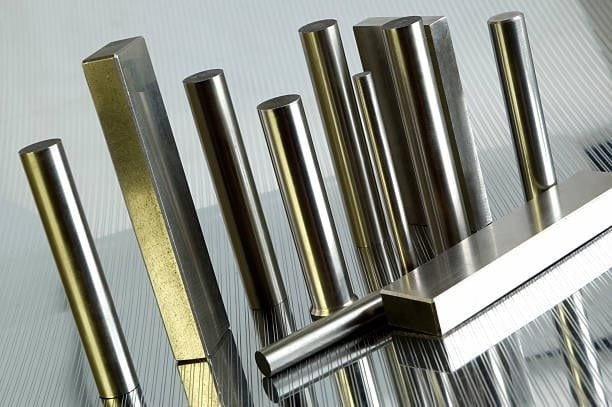
Titanium possesses the desirable properties in a biomedical application despite having lower hardness. It is useful in orthopedic, dental implants, surgical equipment due to its biomaterial properties. Although there is surgical steel, titanium is better matched with human tissue and is frequently chosen over surgical steel.
Marine and Offshore Applications
Marine structures impose uncommon challenges in which resistance to corrosion by titanium becomes very essential. In spite of the fact that steel is harder, it is prone to corrosive damage when at the sea and therefore, its use in the marine environment is limited when not using protective coating. The natural oxide coating on titanium offers the outstanding protection against the marine environment.
Automotive Industry Considerations
Automotive is also using titanium more in performance use. Although steel is used because of cost considerations, titanium parts are used in exhaust manifolds, connecting rods and suspension parts where their advantages (reduced weight and corrosion resistance) are worth the price.
Wear Resistance and Durability Factors
Harden is not all that wear resistance is about. Although harder materials tend to have a higher resistance to wear, the effect of such issues as the finish of the surface, lubrication and feed rate can alter the performance quite dramatically. In cyclic loading, titanium fatigue resistance is usually made up by its lower hardness.
Heat Treatment Effects on Both Materials
The effect of heat treatment on the properties of both materials is tremendous. Desired levels on steel hardness can be attained by hardening steel by quenching and tempering machining process. Titanium alloys are sensitive to solution treat and age, where they become stronger, but not much harder. Knowledge of these processes is important towards optimal performance of materials, especially in techniques for cutting titanium .
Testing Methods for Hardness Measurement
The hardness of materials is measured by various testing methods which give different insights of materials reduce heat generation. The most widespread test on metals is performed with the Rockwell test, whereas the Vickers method is versatile concerning the hardness. These methods of testing enable people to understand the meaning of various hardness values and allow selection of the right materials.
Real-World Performance Examples
Real-life examples use to illustrate how hardness introduces in real-life performance sought after material. Titanium fasteners used in aircrafts far exceed the life span of steel fasteners in spite of being less hard as they can sustain high-level fatigue loads milling titanium. The same way, titanium surgical instruments stay sharp timewise longer than expected using the only measurements of hardness cutting edge.
Future Developments in Material Technology
Current research is on the development of new titanium alloys and improvised grades of steel exhibiting more property tool deflection. New fabrication methods such as additive manufacturing allow producing complex geometries and properties customization. The developments can continue to erase the boundaries between titanium and steel uses titanium grades.
Environmental Impact Considerations
Material selection is becoming more and more dependent on environmental consideration. Other factors with regard to sustainable design are the recyclability and durability of titanium tool life. Although steel can also be recycled, titanium is engineered to outlive specifications and in some cases, the overall ecological charge could be reduced even though its manufacture requires more energy upfront sharp tool.
Making the Right Material Choice
The choice between titanium and steel is subject to thorough consideration of the requirements of the application. Although the increased hardness of steel makes it a better choice on wear resistant applications, the properties combination offered by titanium is better in weight sensitive and corrosible environments. The knowledge of such trade-offs will permit the best selection of materials, particularly when considering titanium as a manufacturing material cnc machining titanium .
Conclusion
Although steel may be harder than titanium in general, this is only one of the properties that does not make one material superior to another titanium aluminum nitride. The benefit of hardness of steel means that it is used in cutting tools, wear plates and in cases where maximum hardness is needed in structures. In specialized applications, however, the excellent strength-to-weight ratio of titanium, its resistance to corrosion, and biocompatibility with the human body can more than compensate its reduced hardness low thermal conductivity. Considerations that determine their selection over the other are specifically based on the application needs, environment conditions and economic factors that an application may require rather than their hardness.

